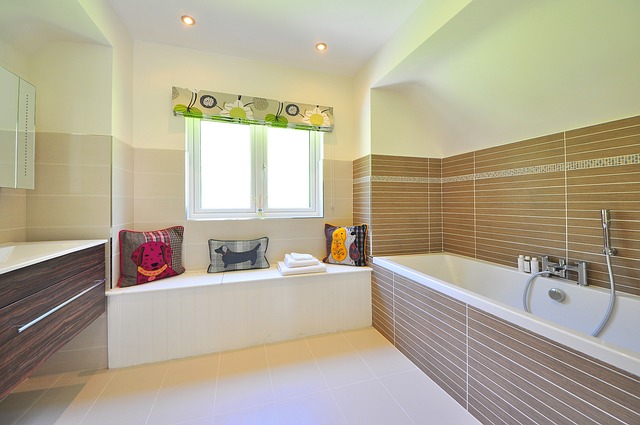First Step – Effective Planning
Planning is crucial when undertaking any home renovation project, and it is especially important if you are considering a DIY approach. Determining the expenses for the project, including the cost of materials, is critical to the success of the remodeling venture.
if you have decided to hire a contractor for your bathroom renovation, it’s important to get multiple quotes for comparison.
When comparing quotes, ensure that you take note of the services that each contractor offers and compare issues like warranties. The cost of a bathroom remodeling project can be high, depending on the extent of the work and the materials chosen, such as Clearwater baths. Doing research is an essential step in achieving your desired bathroom renovation.
Making a decision on fittings and tiling during a project is not an immediate requirement. It can be taken when the work has commenced. However, gaining knowledge of the expenses and styles available, including color schemes, can be very advantageous in the long run.
When planning to remodel a bathroom, it is essential to create a rough floor layout that maps out the positions of all electrical and plumbing supply conduits. Doing so would make the process easier, and it will help to get a more precise cost estimate from electricians and plumbers. Regardless of whether you choose to DIY or use a contractor, this step can be beneficial.
Bathroom contractors are a treasure trove of useful information when it comes to maximizing your purchasing power and receiving the best value for your money, especially when it comes to materials. You can ask them about any available markdowns or discounts, which is always a smart move. These contractors are experts at procuring various items, such as lighting, paint, and other fixtures, and they have access to wholesale pricing or special offers from warehouses, so they can provide their clients with even greater savings. If you’re in the Surrey area and need help with remodelling your new bathroom, check out bathroom installation Surrey.
The second step in renovating a bathroom involves the demolition of the existing one.
This process requires the removal of all fixtures, such as the sink, shower, bathtub, and toilet
Careful planning is necessary before the demolition process begins, even though the idea of wielding a sledgehammer may seem enticing during a bathroom remodeling project.
To initiate the demolition process, it is crucial to first disconnect all electrical and water supplies, including the water supply to fixtures such as sinks, toilets, showers, and bathtubs. To avoid causing any unintended harm to fixtures that need to be preserved, it’s essential to exercise caution during the demolition process, whether it’s carried out by you or a hired contractor.
When it comes to removing tiling, there is a high risk of damaging hidden piping. To avoid this, it is essential to exercise extra care during the process. The sink and toilet should be removed carefully and in one piece. Afterward, examine the area for any potential water damage or mildew growth. This is the ideal time to address any such issues. Don’t forget to take out all other fittings, like lights, towel racks, and baseboards, before starting any additional work.
Step three involves making adjustments to the plumbing.
After securely eliminating all fixtures and revealing the underlying wall, the next step is to modify the plumbing to guarantee that your new bath, shower, and toilet not only look great but also function properly.
If you’re planning on installing dual showerheads or changing your outdated shower controls, it may be necessary to install an extension for your water line. Additionally, if you’re changing from a double vanity sink to a single sink setup or vice versa, plumbing modifications will be necessary.
Step 4 entails directing your attention to the electrical aspect of the job.
When the walls are open, electrical work can be performed more easily, presenting fewer obstacles. Swapping out 15-amp wiring for 20-amp wiring in your bathroom can enhance the efficacy of appliances such as hair dryers or towel warmers. This, in turn, may lead to lower energy consumption.
This is an opportune moment to consider relocating electrical outlets and light fixtures, as well as light switches.
